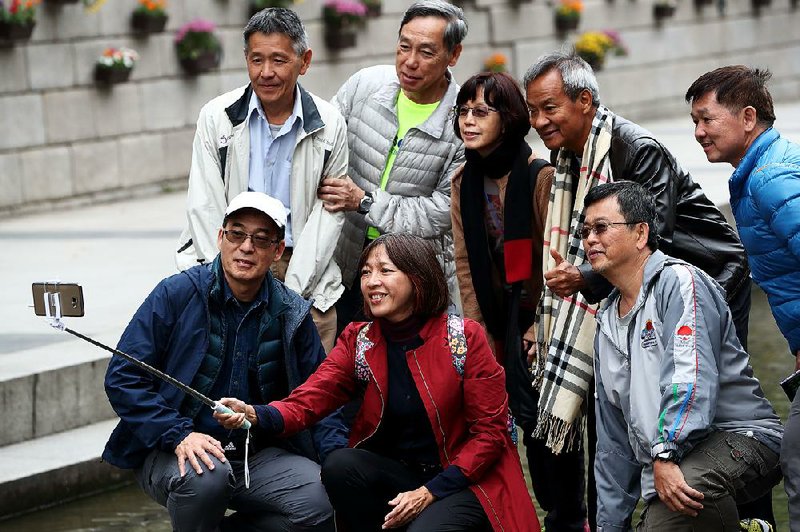The U.S. Supreme Court on Tuesday told a lower court to take another look at a $399 million award won by Apple from rival Samsung Electronics for copying the design of the iPhone.
The unanimous decision extends a legal battle that dates back to 2011 and at one point spanned the globe and engulfed every major maker of smartphones.
Writing for the court, Justice Sonia Sotomayor said Apple might not be entitled to Samsung's entire profit on 11 infringing smartphones. She told a federal appeals court to consider whether Apple should be able to recoup profits attributable only to particular components. The high court stopped short of deciding that question itself.
Sotomayor said the lower court's approach "cannot be squared with the text" of the federal patent statute.
"The term 'article of manufacture' is broad enough to encompass both a product sold to a consumer as well as a component of that product," Sotomayor said in the opinion.
Design patents, which cover the ornamental look of an object rather than any functional aspect, are increasingly used by tech companies and makers of consumer products to differentiate their merchandise from competitors. The Supreme Court hadn't considered design patents since disputes involving spoon handles in the 1870s and carpets in the 1890s.
The legal issues in the case narrowed after the high court accepted it in March. Apple said it accepted that in some cases the patent holder can collect only the profit attributable to a particular component, and not the earnings from the entire product.
Apple argued, however, that Samsung failed to show that the patented designs applied only to part of its phones. Samsung contended that it was Apple's burden to show that the infringement gave Samsung any increased profits. A federal appeals court said Apple could collect Samsung's entire profit on the basis of a strict reading of the law.
Google, Facebook, EBay and Hewlett Packard Enterprise said in filings that a victory for Apple would allow owners of design patents to extract unfair rewards on products that can have hundreds or even thousands of features.
The U.S. Court of Appeals for the Federal Circuit, which handles all patent appeals, will have to develop some sort of legal standard on when a patent owner can get all profits or just a portion. While the Obama administration suggested a test, neither Apple nor Samsung submitted legal arguments on that issue and so it has to be addressed by the Federal Circuit, Sotomayor said.
"We're probably entering a world of turmoil where there's no clarity of where the test is," said lawyer Rick McKenna, head of the design-rights group at Foley & Lardner in Milwaukee. "It's going to be quite a while before we have a clear understanding of what we should be doing."
Apple introduced the iPhone in 2007, revolutionizing an industry that before then had received limited interest from consumers. Apple said that Samsung copied the look of the iPhone to avoid a loss of market share.
Phones by both companies have evolved beyond the look that sparked the global fight, and all that's left of the legal battle is how much Samsung must pay over those earlier models. In a second case, Samsung was ordered to pay $119.6 million for infringing patents on smartphone features.
Even with a rise in the number of design patents, there aren't many lawsuits over them compared with fights over inventions, and they rarely involve products worth billions of dollars. That means the Apple and Samsung fight is the best chance to resolve the question left open by the Supreme Court on how to value patented designs, McKenna said.
Information for this article was contributed by Susan Decker of Bloomberg News.
Business on 12/07/2016
